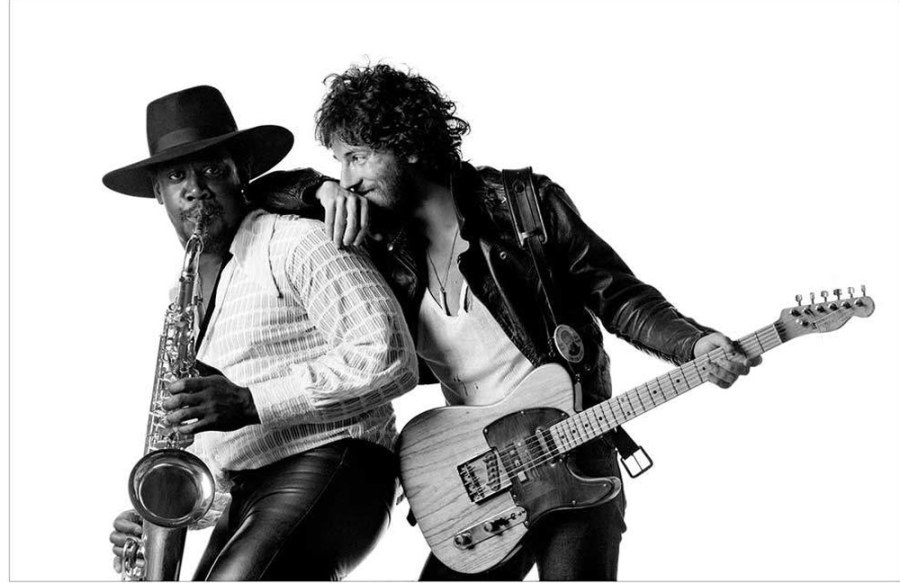We were fortunate to interview several great photographers during our short stay at the recent Xposure International Photography and Film Festival, including top portrait, landscape and fine-art photographer, Eric Meola.
Eric Meola (born 1946) is known for his pioneering work with colour, but many readers might not realise he also took on lens duties for one of the greatest albums of all time – Born to Run by Bruce Springsteen. With The Boss embarking on a major European tour this summer, our interview with Eric is very timely.
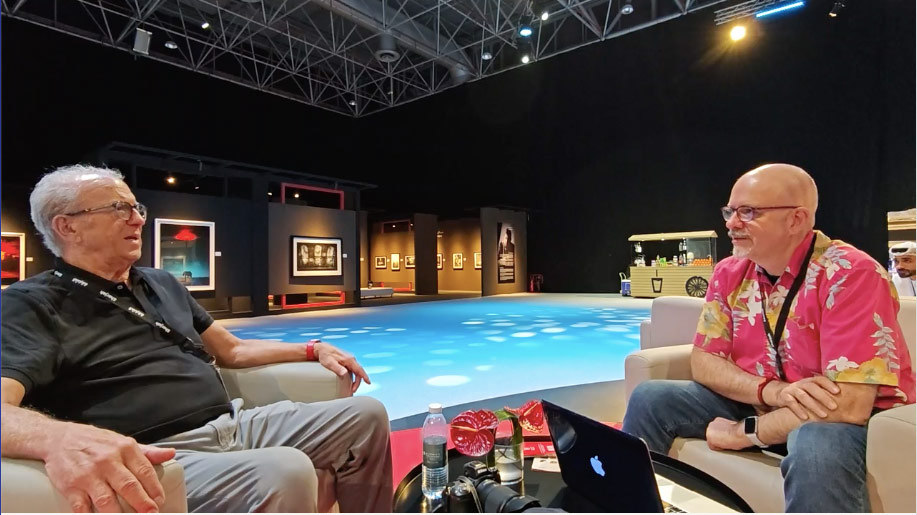
Eric, thanks for finding the time to chat. Is this the first time you have been to Xposure?
Yes and it’s great to be here. The work being displayed here at Xposure is just extraordinary, I think you’d agree. It’s just great to see so many wonderful photographers together in one place.
As an entirely self-taught photographer, where did the initial spark of interest originally come from?
You know, my father was a doctor and he wanted me to be one too. That’s a whole other separate long story by itself! But I came to New York in the late 60s and studied under a photographer named Pete Turner. And he was my mentor, and specialised in colour photography. Working for him as a studio assistant in 1969 was a privilege.
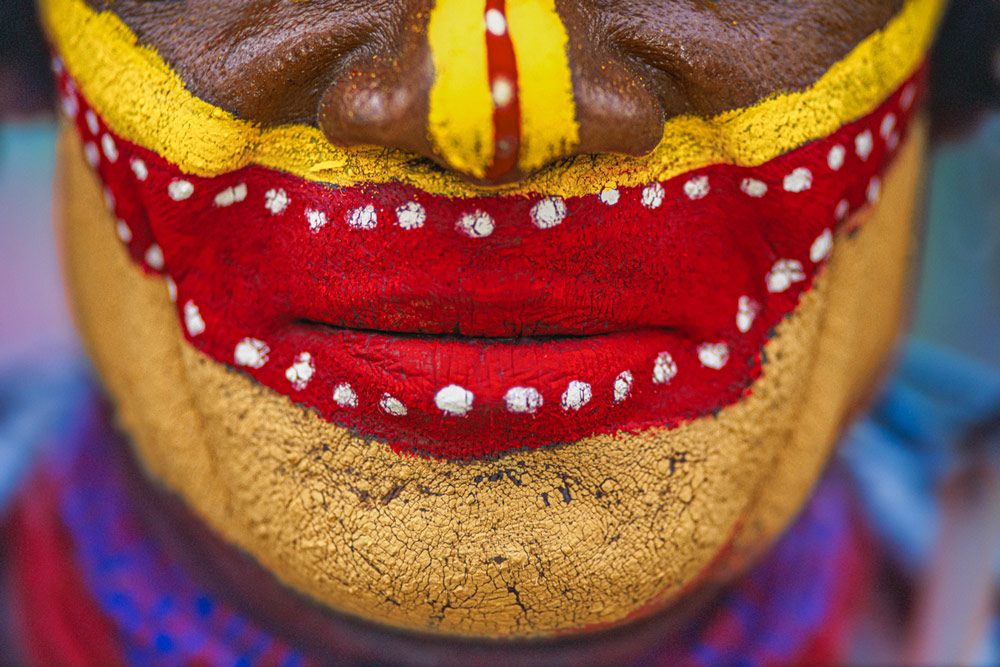
So it really came from there – there was something about colour that I responded to emotionally. As a photographer, I like to describe myself as a kid with a box of crayons! If I walk down the street what interests me are the shapes, the forms, but I’m strongly attracted to colour – whether it’s by itself or whether it’s a mixture of colours. Colour is my subject as much as the subject itself, and it always has been.
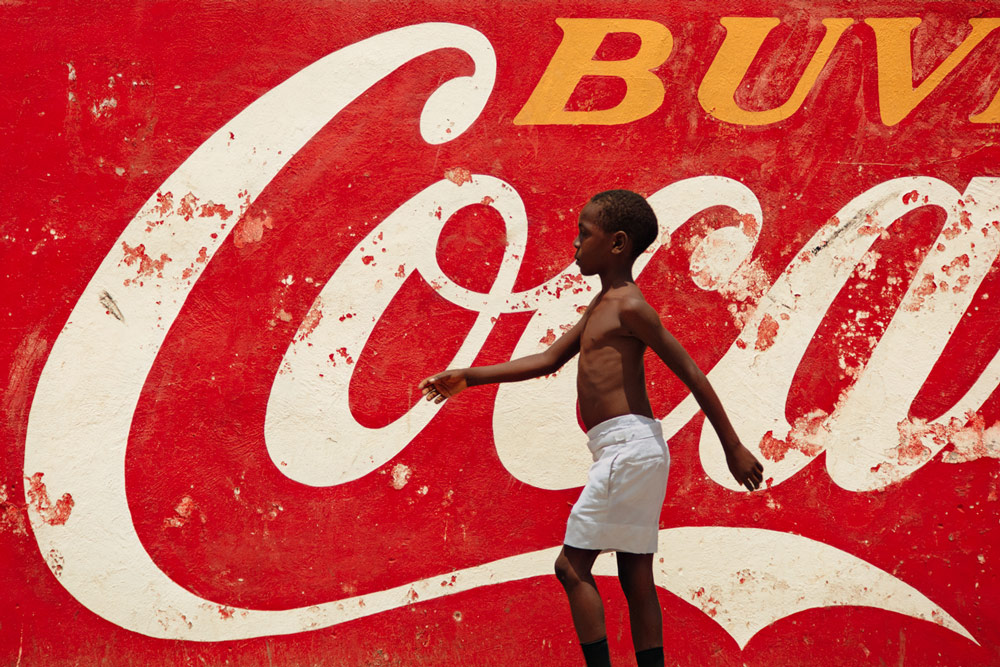
How did you then get this amazing opportunity to shoot for top magazines in the US, such as Time and LIFE? Your image ‘Coca Kid’, shot in 1972 in Haiti (above), was in LIFE’s ‘100 Magnificent Images’ in 1997.
Well, I started slowly and preserved. Also Pete Turner recommended me. My first trip out of the United States was to Haiti in the early 70s, where I got some of the most famous photos. I also put together self-promotional pieces in order to get commissions, and also went on my own personal trips to Morocco, for example, to generate portfolios. It took about 10 years to get established, little-by-little.
Your colour work is internationally celebrated, so it’s ironic that you are also very well known for your black and white album photography for Bruce Springsteen’s iconic Born to Run album. How did that project come about?
I was fortunate to have to live around the corner from a famous New York music venue called Max’s Kansas City. I walked past one day and saw that Bruce was going to be playing that evening. I already knew the first couple of albums, and I was blown away by the gig.
I went to see him again and started hanging out in Asbury Park in New Jersey (where he is from) and I met the E Street Band’s saxophonist Clarence Clemons. Eventually I met Bruce.
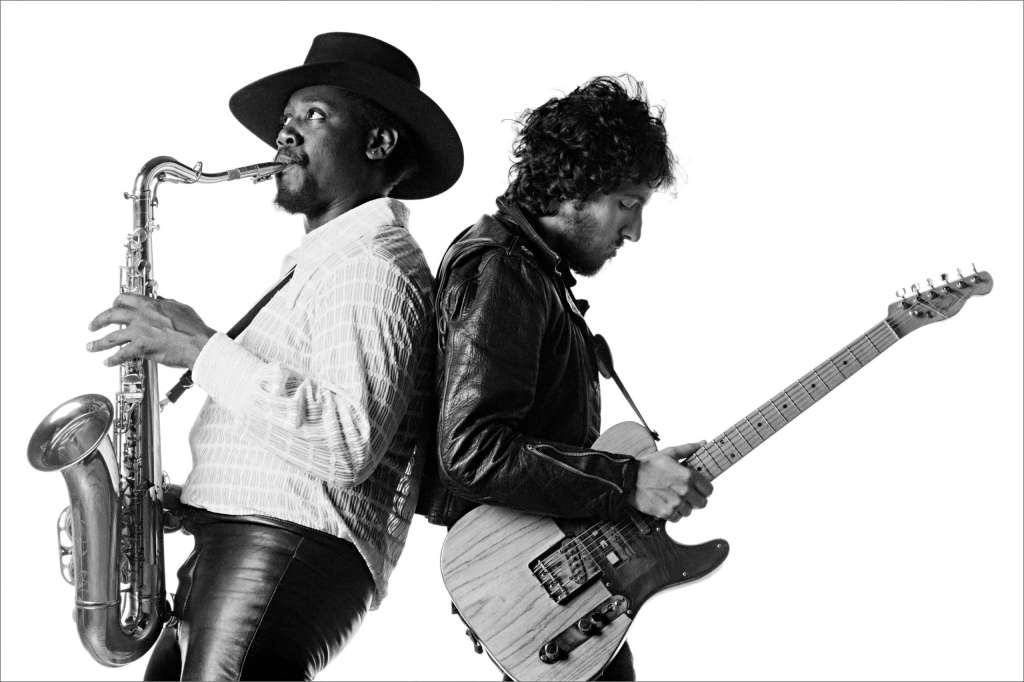
Looking back, 1975 was a very busy and confusing time, but the upshot was that Bruce was changing manager, and this worked out well for me. I think his new manager, Jon Landau, was asserting his authority a bit and insisted that I shot the cover. By this time, I had shot Bruce a few times and we knew each other – Clarence put in a good word for me too.
So I was in the right place at the right time. It wasn’t a smooth project though at first. I kept showing up at the studio and setting up my lighting, and the shoot kept getting cancelled. Bruce was under a lot of pressure when recording Born to Run. Eventually I called up the manager, I wasn’t mad or anything, and then the shoot finally happened.
I don’t think they had given any thought about the album photography. They were so concerned about the music. And the same held true for Columbia Records. I think if I hadn’t keep pushing and pushing, they would have just commissioned another photographer once the album was done.
How did you come up with the now unmistakable cover concept?
I explained to Bruce, ‘look, I want to shoot this in the studio because shooting you on stage is going to look like any other stage photograph.’ The thing about Bruce is that he’s very open to ideas. I’d brought some props and we worked from there. The black leather jacket really said ‘rock and roll’ to me, as did shooting black and white – for me, rock and roll is in black and white.
I also wanted a very different approach from Bruce’s earlier albums, and wanted there to be plenty of space for the lyrics on the sleeve. We shot the images and got them developed very quickly, but Bruce didn’t like them at first – eventually he came around!
Born to Run went on to be a huge album. We’re guessing you got offered a lot of album photography work after that?
I did, but it wasn’t really the route I wanted to go down. I really wanted to shoot colour.

Do you find it easier to shoot colour with digital cameras, which you now use, rather than with film?
Well, yes and no, because digital tends to look flat and a little less saturated. So you’re looking at this photograph and you’re remembering that it looked like something else. In that sense, you’re trying to get it back to what you remember – something powerful that attracted you in the first place.
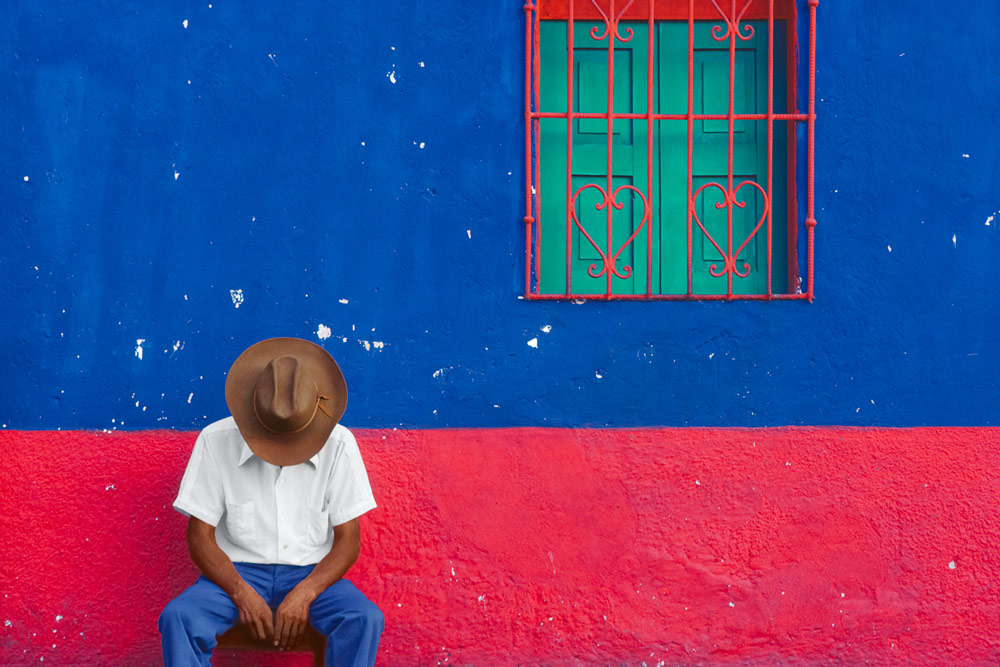
What advice do you have for readers wishing to deepen their appreciation of, and sensitivity to, colour?
I used to tell people to try to work with a professional photographer whose work you admire. But for the average person on the street, my advice is just go out and shoot. You have to learn by your mistakes and that is going to come slowly over time. But if you don’t take photographs, you’re not going to get any better!
Further reading
How to use colour creatively in your photography
Best cameras for portraits and portrait photography in 2024
Legend of the Year: Jill Furmanovsky awarded So.co Music Award prize

